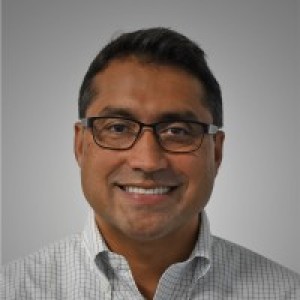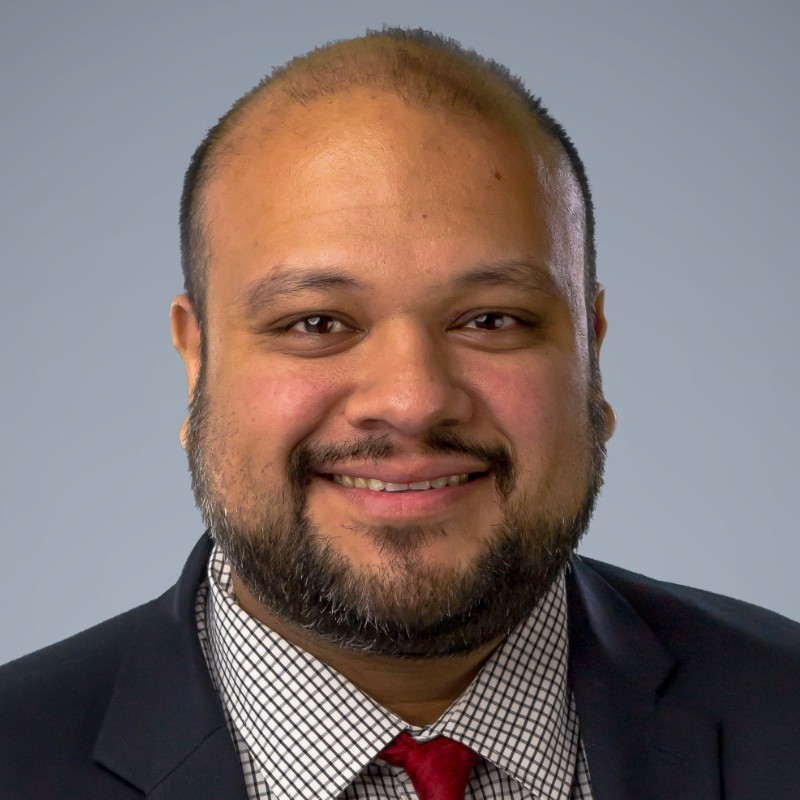- Video Library
- Gulam Khan and Vikash Goel Present Centerline Biomedical at LSI Europe '23
Gulam Khan and Vikash Goel Present Centerline Biomedical at LSI Europe '23

Gulam Khan
Gulam has experience as a president, CEO, Board Member, and Global Operating Executive
He is a Medical Device Executive with proven track record of driving growth through organic initiatives and acquisitions.
Gulam Khan
Gulam has experience as a president, CEO, Board Member, and Global Operating Executive
He is a Medical Device Executive with proven track record of driving growth through organic initiatives and acquisitions.


Vikash Goel
An engineer-turned-executive at the technical helm of a medical device startup, I am uniquely positioned to drive an innovative medical technology company’s economic success while simultaneously improving lives around the globe.
Vikash Goel
An engineer-turned-executive at the technical helm of a medical device startup, I am uniquely positioned to drive an innovative medical technology company’s economic success while simultaneously improving lives around the globe.

17011 Beach Blvd, Suite 500 Huntington Beach, CA 92647
714-847-3540© 2025 Life Science Intelligence, Inc., All Rights Reserved. | Privacy Policy







